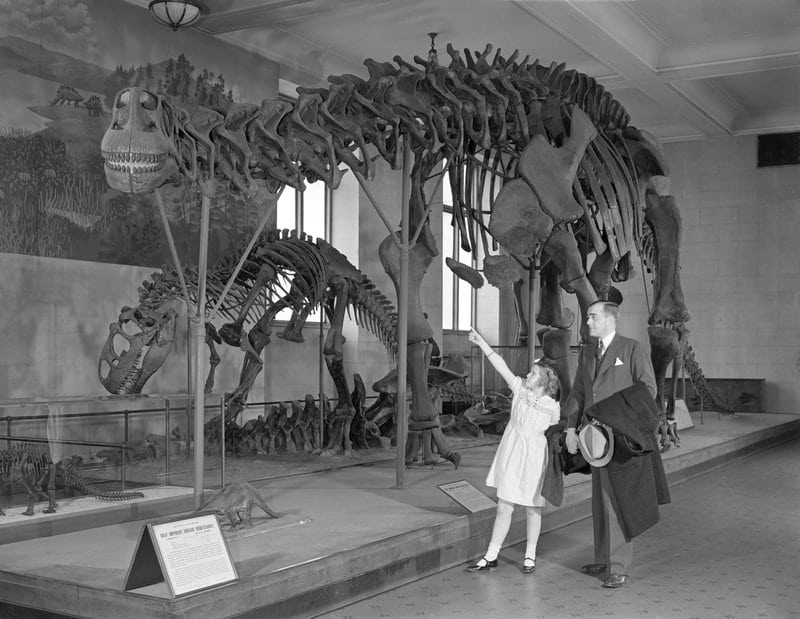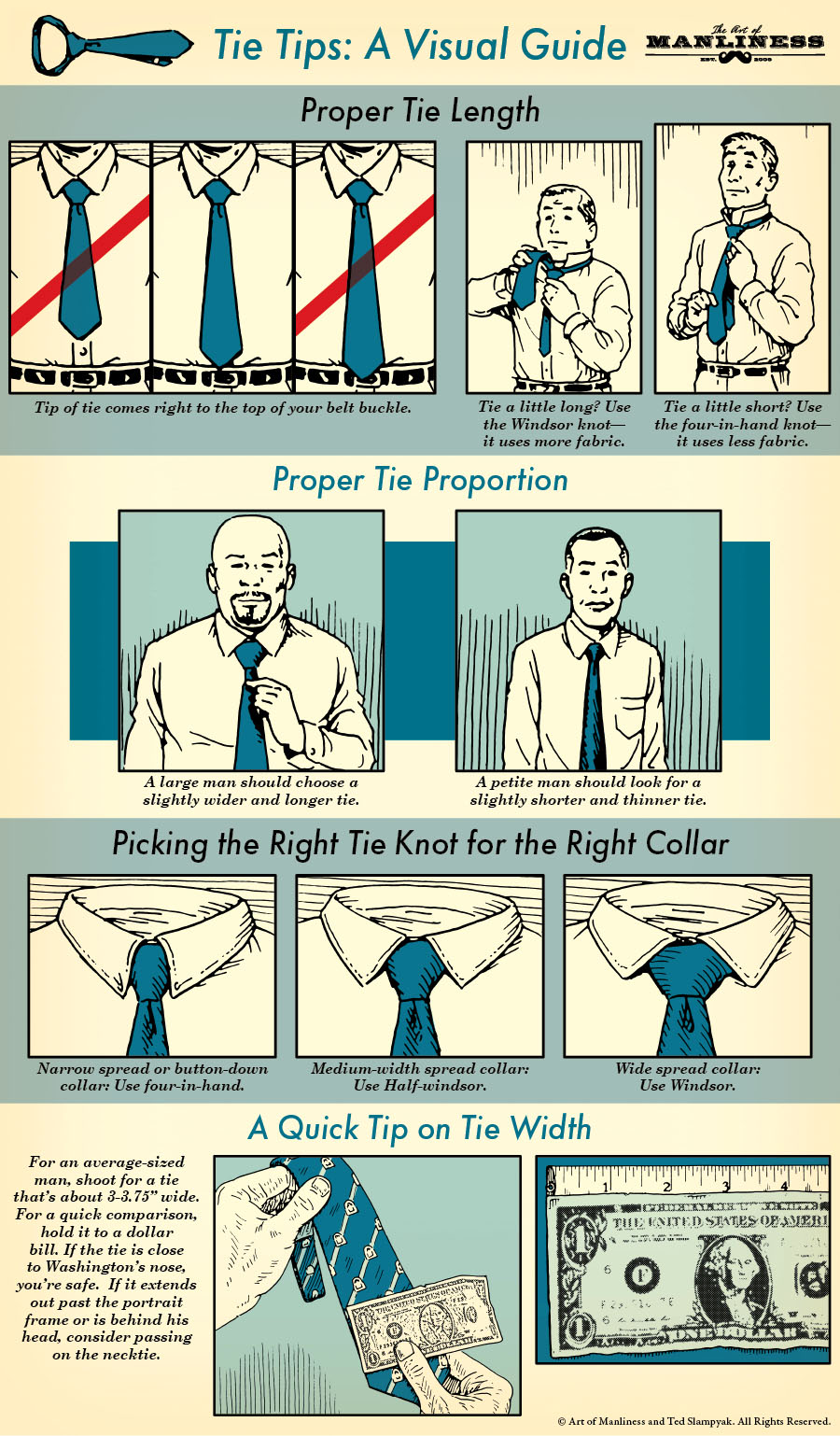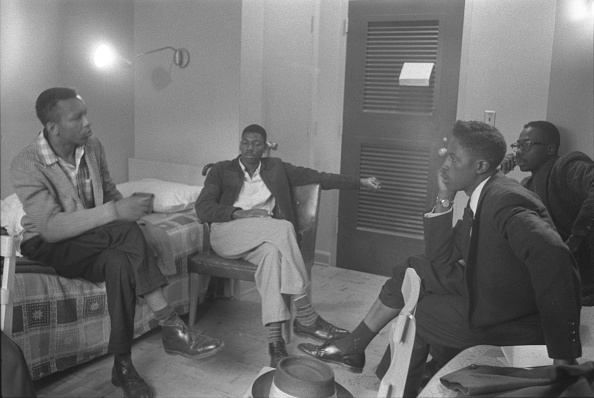Museums can be intimidating. They often have the reverential feel of a church or library, where you don’t want to talk too loud or get scolded for touching something you shouldn’t. They’re also frequently expensive and sprawling — so chock-full of curios and educational opportunities that you don’t want to miss anything or fail to get your money’s worth, and thus walk around ‘til you’re ready to drop.
Museums, though, should be an experience that everyone delights in and looks forward to. These institutions are the great storehouses of human experience and the natural world. While libraries hold ideas, museums hold the tangible objects of history and of science. They’re one of the few places you can physically go for the exclusive purpose of experiential learning and immersing yourself into the subject matter. So how can you get the most out of a museum without being overwhelmed by it all?
I spoke with Emilee Richardson from the Science Center of Iowa about how to maximize your next visit to one. By following the tips below, you can mitigate the feeling of intimidation and instead take full advantage of everything these great institutions of knowledge have to offer.
Planning Ahead
When it comes to a museum visit, planning ahead is far more important than it might seem. Sure, you can just show up, buy tickets, wander around, and have a gay old time, but you won’t be maximizing the experience. Follow the tips below to ensure you’ve planned the best trip possible.
1. Buy tickets online ahead of time. For most large, metropolitan museums, you can buy tickets online before you even leave the comfort of your home. You’ll avoid the hassle of possibly long lines. You’ll also avoid the sticker shock — between general admission, the IMAX theater, and special exhibits that sometimes cost more, you could be looking at $25+ per person before meals and souvenirs are even accounted for. It’s a little easier to swallow that number when you see it online in your research phase than when you get to the museum and have only planned for $10. Beware that buying online sometimes incurs a processing fee of a few dollars; so either plan that into your budget, or allow for some possible waiting time at the museum.
2. Know the free/discount days. If you’re under budgetary constraints for a spendy museum visit, be sure to research community free days. Most large museums (and even famous ones like the Guggenheim and American Museum of Natural History) have certain days that are free of charge, deeply discounted, or deemed “pay what you wish.” They are often on weekdays, or in the evenings after 5 or 6pm, so they obviously aren’t prime times (though in some cases they are in fact on weekends).
These free/discounted days are a great deal for poor students, folks with large families, and anyone who appreciates a bargain. But that also means they’re typically jam-packed with crowds of people. If you prize a little space and quiet over saving a few bucks, you may want to research when a museum holds its free days, for the sake of knowing when not to go.

3. Avoid the most crowded times, if you can. Weekends are obviously going to be the busiest times at the museum for families. If that’s you, great. Get to it and use that nice stroller of yours to power through the crowds. If you’re a solo adventurer, though, or on a date, you’ll probably want to not only skip the free days just mentioned, but look to go on a weekday instead.
4. Go to adult-only nights/events. When our family lived in Iowa, the Science Center of Iowa always had Mixology Night once a month. On the first Friday of every month for a few hours at night, 21+ patrons can get discounted admission, grab a cocktail and hear some tunes, all while enjoying some special boozy programming around adult-themed science topics (like hangovers and the brewing process).
Here in Denver, the Museum of Nature & Science has what they call The Science Lounge every third Thursday of the month. The tagline is “Entertainment, Mind-Bending Science, Cocktails.” Doesn’t sound so bad, does it?
These are just two examples of the adult-themed events that many museums are now putting on to attract a younger crowd and create a more fun atmosphere. If you’re single, this is a great way to meet like-minded learners, and if you’re a couple, it makes for an enjoyable and engaging date night.
5. Plan any detail that you can. Most museums — even smaller ones — have websites that will help you plan your visit down to every last detail. You’ll find out about ticket prices (even if you can’t buy online, this is helpful), special exhibits currently on display, events and programming going on, and crucially in my opinion, parking tips/instructions. While the largest institutions will sometimes have lots and garages all their own, urban and smaller museums usually rely on street parking. You don’t want to be driving around for a half hour just because you didn’t read the website ahead of time to find out the best spots. The more you know ahead of time, the less surprises you’re in for when you actually make your visit.
While at the Museum
While much of your work has been done already, there are things you can do while you’re at the museum to make sure your experience is the best it can be.
6. Keep off your phone, and depending on the museum, don’t take photos. You’ll want to silence your phone, and keep it in your pocket during your visit. It can be mighty tempting to take pictures, and to even use it for educational purposes like googling background information or something. But doing so inevitably takes something away from the museum experience. Instead, take a pocket notebook with you and write down the questions that arise or the topics you want to further dig into, so you can look them up later. You can even sketch pictures of the displays or museum pieces that you find particularly arresting. While texting in moderation is okay (especially if you’re with a group and you split up), it’s best to keep your phone turned off during your visit.
7. Consider guided tours, programs, and classes. This is part of planning ahead, but while you’re at the museum, consider getting some professional guidance rather than just wandering by your own whims and fancies. Museums all over have daily tours, programs, videos, and classes that patrons can utilize. Sometimes they cost more, sometimes not. Sometimes your tours are personally guided, and sometimes they’re just audio. Either way, it really enhances the experience and ensures you get the most bang for your buck. When you wander around yourself, you’re surely missing out on a wealth of context and narrative which tours often provide. You can get the gist of an exhibit just fine on your own, but to get the big picture it’s best to have someone narrating for you. Your whole day doesn’t have to be guided, but consider doing at least one special tour or program.
8. Ask plenty of questions, if you’re so inclined. Those questions that you so badly want to google? Try asking real people! The employees and volunteers at the museum love nothing more than answering questions and showing off their prowess on their chosen subject matter. Take advantage of the professionals rather than relying solely on placards and your favorite search engine.
Another pro of asking questions of the staff is that you might get personal demonstrations and/or mini personal tours. Ms. Richardson noted this as one of the things that museum-goers don’t take advantage of nearly enough. Museum staffers are eager to teach and share their expertise with patrons; help them do what they love!
9. Don’t stay the entire day. You know that feeling you get after you’ve been in a museum for a couple hours? Your legs get tired, your brain starts to fog, you start glossing over exhibits rather than fully taking them in. There’s a real name for this near-universal phenomenon: museum fatigue. And believe it or not, there’s been some research done on it.
As early as the 1910s and ‘20s, researchers became aware that as the length of a museum visit increased, visitor engagement and attention decreased. One researcher in 1916 noted that “after a brief initial exertion he [the visitor] will resign himself to seeing practically everything imperfectly and by a passing glance.” So after first being gung-ho about an exhibit or two, you’ll then just breeze through without having gleaned much at all. This effect has been shown to come into play after just 30 minutes or so of museum-going.
While your instinct is probably to take advantage of your admission fee and stay as long as possible to get the most out of it, it’s in your best interest to only stay a few hours, if not even less time than that. Not only will you stay fresh, you probably won’t get to the entire museum, and you’ll be yearning to come back. That’s a much better feeling than not wanting to ever return because you spent 8 hours on your feet and couldn’t retain anything you learned or experienced.
If you’re visiting a museum on vacation in a city you’re unlikely to come back to again, then have a game plan going in as to which exhibits are must-see for you. Hitting the ones you’re most interested in first off will quell your FOMO, and ensure you don’t endlessly extend your visit to the point of fatiguing your body and dulling a memory.
If you do live in the same city as the museum, consider buying a membership. Most institutions have yearly memberships that truly do pay for themselves with just a couple visits. That way you can go multiple times for even just an hour at a crack and really explore the museum in full over the course of many months or even years rather than trying to accomplish it in a single day.
10. Make the visit as interactive and multi-format as possible. With the above fact in mind, you want to break up the monotony of just passively walking through exhibits. Sure, a lot of artwork and relics are still off limits, and always will be, but museums have gotten much better at making exhibits interactive, so be sure to actually participate in activities and audio tours. Engage all your senses: touch what you can, actually read the placards (they’re often full of interesting and surprising facts), listen to the guides and videos, etc. (don’t taste the dinosaur bones, though).
After the Visit
When your brain has been maxed out and you’re ready to head home, there are a couple more tips that will ensure your museum experience continues well beyond its doors.
11. Consider buying something at the gift store that will help you remember the visit, and/or continue your learning. While you’ve already dropped some coin on admission (unless it’s a free day!) and perhaps a meal, a visit to the gift store is always fun for adults and kids alike. The options for souvenirs for adults have really expanded in years past. From history and science books, to models and 3D puzzles (if you need a new hobby!), and manly decor like busts and TR bobbleheads, you’re sure to find something you’ll enjoy that’s not just another chintzy item. Seeing a model on your mantle will remind of your museum visit(s), and a book about the topic of your favorite exhibit will deepen your knowledge and build upon what you learned.
Of course, buying something also supports the museum itself. Most are non-profits, and any way you can contribute helps their bottom line in not only staying open, but attracting and creating new and exciting exhibits for visitors.
And heck, even if you don’t buy anything, it’s just fun to look around.
12. Continue the discussion at home. The whole idea of going to a museum is to learn something new and expand your mind. If your visit to the museum ends after you walk out the doors, it may have all been for naught. If, on the other hand, you reflect on the experience and talk it out with other folks, you’ll have had a much richer visit. I can think of plenty of discussions about humans’ place in the world that have been spurred by dinosaur exhibits; talks about what ancient life must have been like have arisen from a Pompeii exhibit; and who can forget the Body Worlds traveling exhibit, which always spurs conversation.
Talk with your spouse or kids about which artifacts intrigued you, discuss which paintings drew you in, ask each other about lingering questions that remain from a particular exhibit, heck even evaluate your career if you’re in a job you hate and reflect on which exhibits you gravitated to the most and what that says about your real interests. There’s so much that can be had from a museum that it would be a waste to let it be over once you get home. Be intentional about extending the experience, and prepare your mind for your next visit!










